Phishers are using a novel technique to trick iOS and Android users into installing malicious apps that bypass safety guardrails built by both Apple and Google to prevent unauthorized apps.
Both mobile operating systems employ mechanisms designed to help users steer clear of apps that steal their personal information, passwords, or other sensitive data. iOS bars the installation of all apps other than those available in its App Store, an approach widely known as the Walled Garden. Android, meanwhile, is set by default to allow only apps available in Google Play. Sideloading—or the installation of apps from other markets—must be manually allowed, something Google warns against.
When native apps aren’t
Phishing campaigns making the rounds over the past nine months are using previously unseen ways to workaround these protections. The objective is to trick targets into installing a malicious app that masquerades as an official one from the targets’ bank. Once installed, the malicious app steals account credentials and sends them to the attacker in real time over Telegram.
“This technique is noteworthy because it installs a phishing application from a third-party website without the user having to allow third-party app installation,” Jakub Osmani, an analyst with security firm ESET, wrote Tuesday. “For iOS users, such an action might break any ‘walled garden’ assumptions about security. On Android, this could result in the silent installation of a special kind of APK, which on further inspection even appears to be installed from the Google Play store.”
The novel method involves enticing targets to install a special type of app known as a Progressive Web App. These apps rely solely on Web standards to render functionalities that have the feel and behavior of a native app, without the restrictions that come with them. The reliance on Web standards means PWAs, as they’re abbreviated, will in theory work on any platform running a standards-compliant browser, making them work equally well on iOS and Android. Once installed, users can add PWAs to their home screen, giving them a striking similarity to native apps.



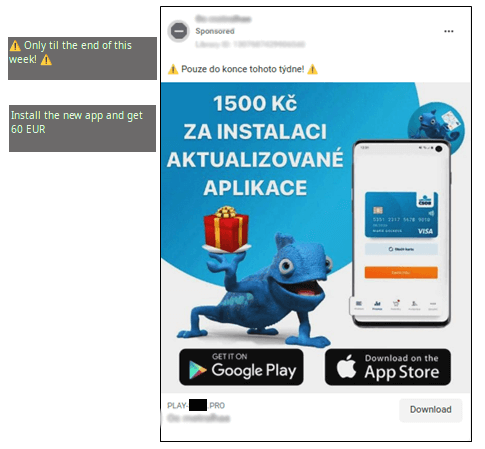
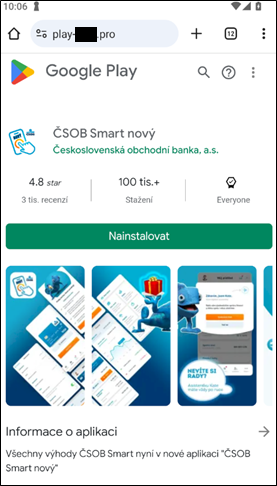
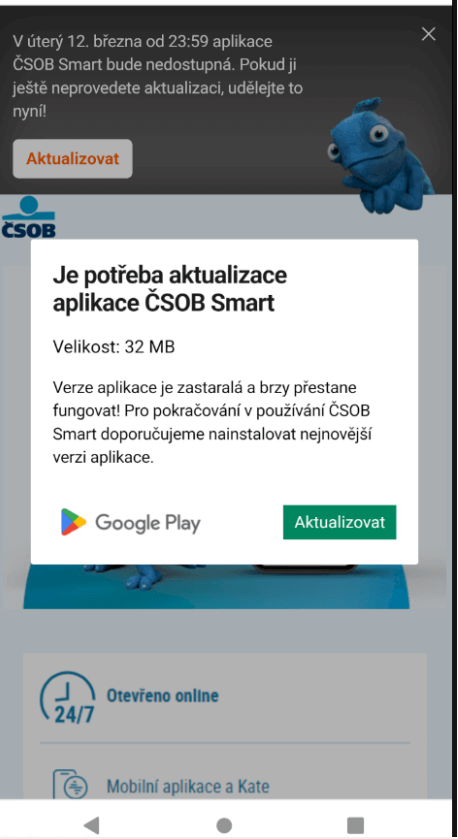
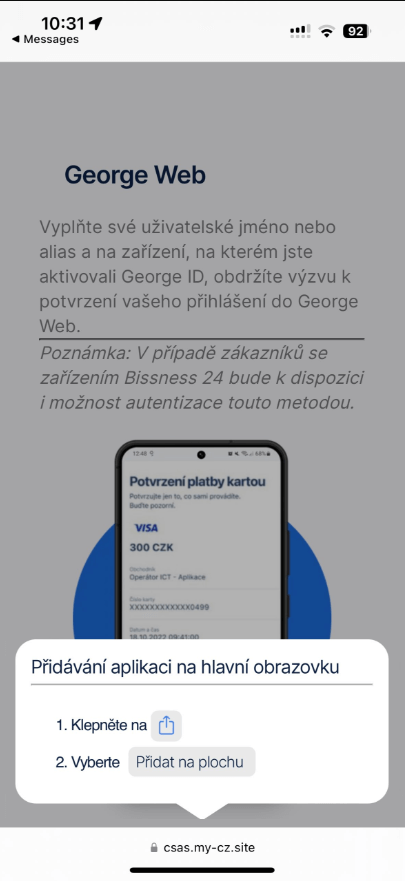
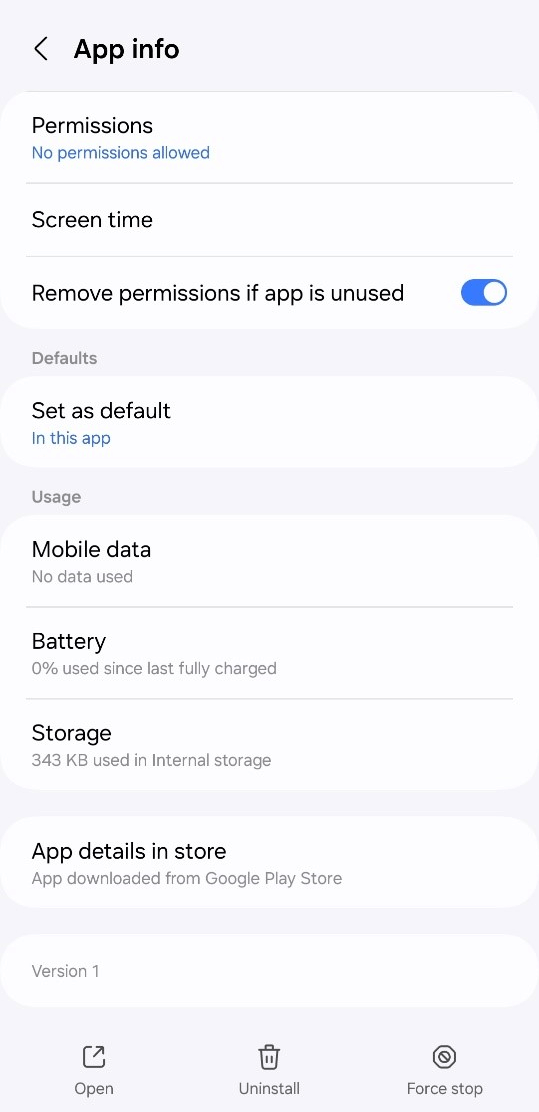

 Loading comments...
Loading comments...
